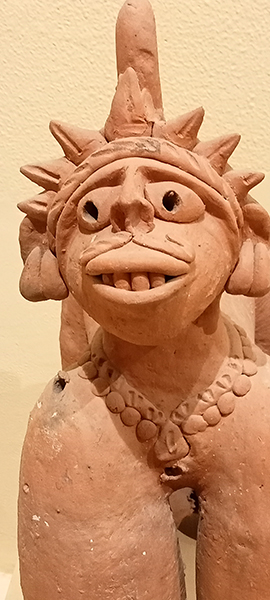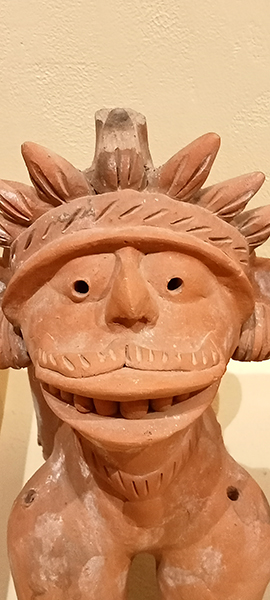
Studio 2:
Mahanadi Pottery

Mahanadi Pottery is currently, just a shed besides a green pond.
Dighi-Nimeisapur, resembles the quintessential village in India - far removed from the bustle of urban activity.
Time moves in an unhurried way, as the village folk follow a rhythm that matches the passage of seasons.
Their calendar is marked by the time for sowing and harvest.
The river Mahanadi, that flows past the village, waxes and wanes with the coming of the rains.
The stretches of spotless sand, the tiny weeds and grasses that sprout from it in the dry months,
a reminder of flimiest excuses for life and living. In a few months time, when the dense black
monsoon clouds march past the land and the river grows swollen and muddy, these shrubs shall disappear.
As the younger generation grows up, the village appears to remain unchanged, but beneath the surface
one may discern the persistent forces of change. Traditional caste boundaries still exist and in a curious manner,
contemporary influences work to blur as well as reinforce these divisions. As I remember Daitari
and dream of building a wood-fired kiln, I become aware of how cultures and mindsets are shaped by climate,
and by the history and geography of a place. I examine afresh, my own motives for setting up a pottery
and look forward to seeing new wheels turn.




